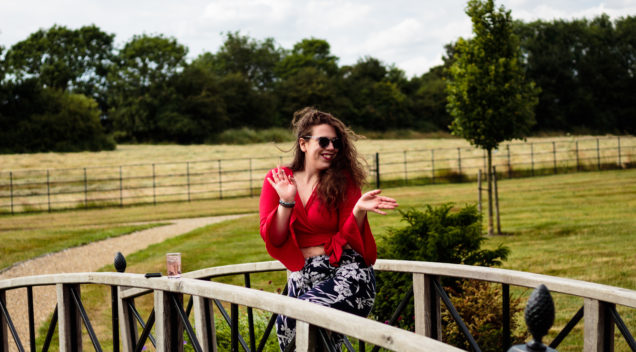By Hannah Shewan Stevens
“I live with an invisible disability. I may look well on the outside, but my conditions are very real and I live life in constant pain. However, because my condition is invisible, I tend to be treated as totally able-bodied, even when I explain that I am not and I am very much in pain.”

“The one and only time I asked for a seat on the tube when I was struggling, I was met with an inquisition. A complete stranger made me explain my disability in detail on a crowded train and still refused to give me my seat because they did not think it was real. Everyone else, in typical London fashion, pointedly avoided acknowledging the situation. I’ve avoided asking anyone again because I do not believe I owe anyone my medical history in exchange for kindness.”
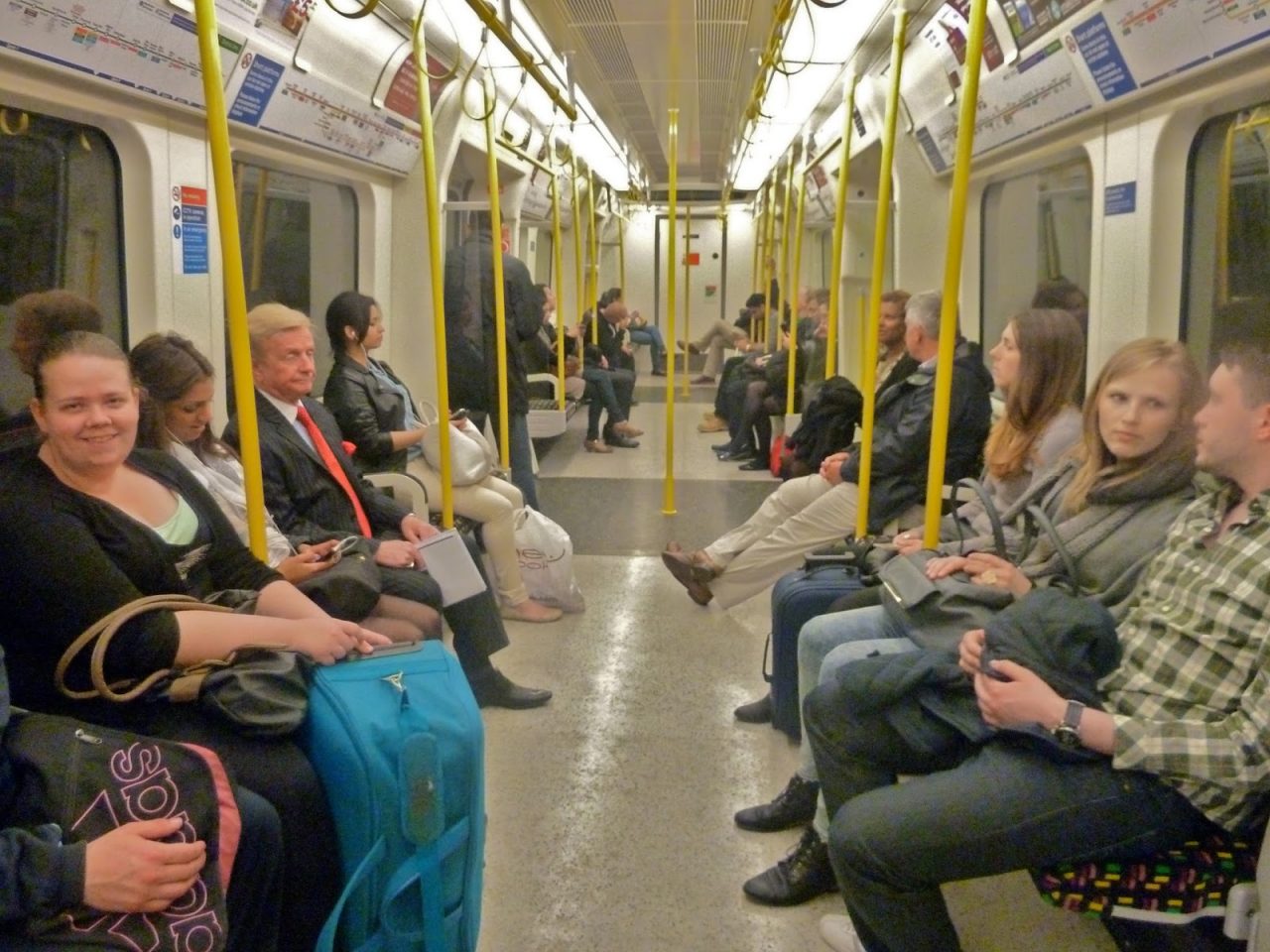
“I also faced similar problems at an old job where a director of the company mocked me because I was using the lift. I constantly face snide comments and judging looks from strangers when I dare to use a lift or take a priority seat on a bus or tube. Unfortunately, when people have no appreciation for what could be happening on the inside of someone’s body, they have little empathy.”

“I’m a journalist, digital content producer, casting producer, campaigner and blogger. My work largely focuses on raising awareness of rare and chronic illness and invisible disabilities. I am also a champion with Changing Faces and I volunteer as blog manager for the non-profit ‘Fight Like A Warrior’, which raises awareness of chronic illnesses.”
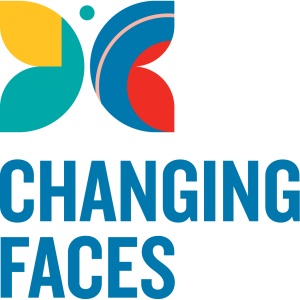
“I have lived with several chronic illnesses for over ten years. They first emerged when I was 14, after I had a severe infection that went septic, and I was diagnosed with diffuse scleroderma a year later at aged 15. It took another six years before I was finally diagnosed with complex regional pain syndrome, and later fibromyalgia. I also have hypermobile joints, irritable bowel syndrome and polycystic ovarian syndrome.”

“Scleroderma is a connective tissue disease that can affect people in very different ways. For me, it mostly impacts my skin and soft tissue. I injure very easily (I once snapped my ACL after stepping off a one foot wall!) and have weak joints. I also have very tender and uncomfortable skin where my lesions are most prominent. The condition can be for life and there is no cure or simple treatment.”
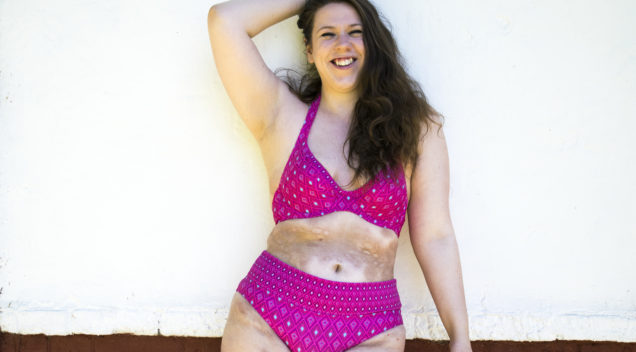
“My chronic pain conditions cause mobility issues, concentration problems, hypersensitivity, speech issues and have exacerbated a lifetime of insomnia. After seeing dozens of consultants, I was given a diagnosis of CRPS in Birmingham but was later told it was fibromyalgia. I am still trying to get a straightforward diagnosis, something that may people with invisible disabilities are struggling with. I also live with PTSD and anxiety, which I receive treatment for.”
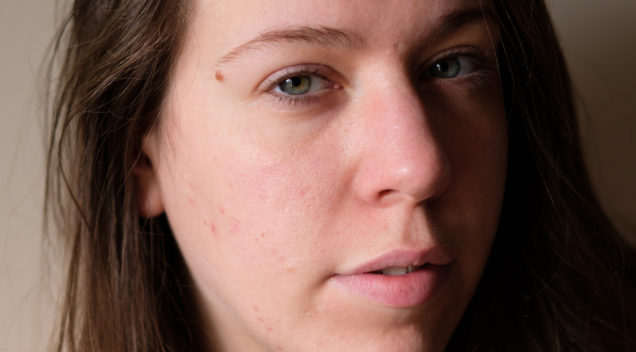
“I recently left my job due to an implosion of my health but I am taking on the freelance world with a positive attitude! I also made the decision to stop living in London full-time to improve my health, because the city is far from disability friendly.”
CLICK HERE to visit Hannah’s website

